Abstract
Living in a home or an apartment you need to fix things from time to time. But whether you are an old pro, or a newbie you need to know what tools you need for what type of work.
Tonight we are going to start a discussion of what tools are best for what situation. There are some basic tools and some nice to have tools, depending on what you need to do. I will include fasteners and common parts as they seem appropriate.
Hand tools
Lets start with looking at the most common hand tools needed to fix things around the house.
One comment I would like to make upfront. If you are doing your own repairs in your home, you deserve good tools. This does not mean the highest priced is always the best, but the cheapest is often a poor choice for tools. Better tips, better handles, more comfort using them matters, providing you can afford it. Be nice to yourself, if you are providing the labor, good tools are much easier to work with.
Screwdriver
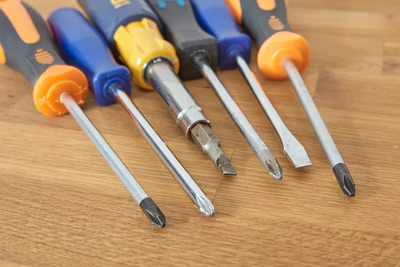
Flathead screwdriver
You will need at least 2 sizes of flat head screwdrivers. I recommend getting comfortable handles.
The following flat tip screwdriver sizes are available in inches: 3/32 by 1 1/2, 3/16 by 1 1/2, 1/8 by 4, 3/16 by 4, and 1/4 by 4.
The first number represents the width of the driver head, and the second size represents the length of the shaft. The longer the shaft, the greater the ability of the screwdriver to reach into tight spaces. Flat Head Screwdriver Sizes Charts
Phillips screwdriver
Again you need at least 2 sizes of phillips head screwdrivers. I recommend one #2 and one #0 for small screws. The #2 should have replaceable tips. For more information on sizes see Phillips Head Screwdrivers: Easy Guide to Sizes
Magnetic screw holder
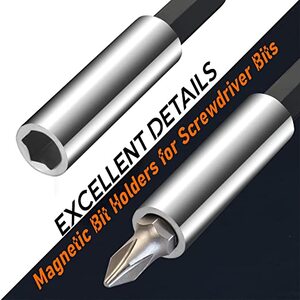
One option I recommend is getting a Magnetic Extension Bit Holder to use with a phillips screwdriver with replaceable bits.
Multiple tips
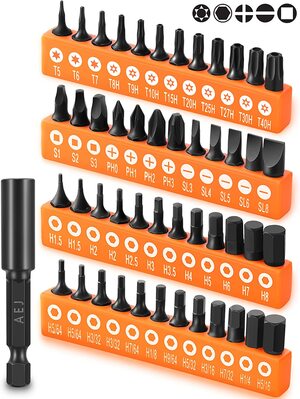
For those who want a more complete of tips for different types of fasteners, I suggest a tip set like this. It will work with any screwdriver with replacable tips.
Pliers

Regular Pliers
This is the most common type of pliers. Unfortunately I find them the least useful. In stead I recommend one or more of the following.
Needle Nose pliers
These are use for bending wires and picking up small items.
Channel Lock pliers
This pliers is useful for turning things like hose couplings and anything you need to twist. Their adjustable sizes allow them multiple uses.
Vice Grip Pliers
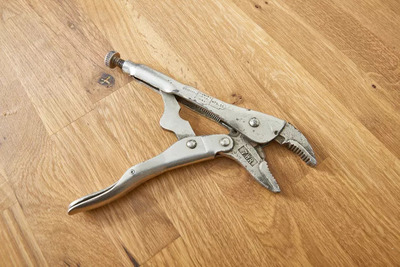
These pliers can be used to grip items with considerable force. If I break the head off a screw, I can grab the shaft with these pliers and unscrew them. They also work with WD-40 (see solvents) to loosen frozen bolts.
Lineman’s pliers

These lineman’s pliers are most useful for twisting electrical conductors together before using wire nuts. If you plan on doing any wiring around the house I recommend you get a pair.
Hammer
Claw Hammer
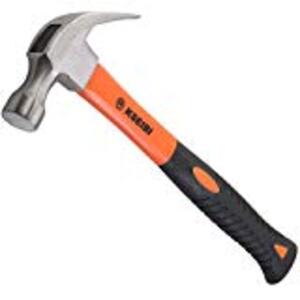
The claw hammer is the most common and useful size hammer. There are many sizes from light tack hammers, to 20lb sledge hammers. The most common is a 16 oz size. The curved claw is good for pulling hails. It can also work as a pry bar for moving objects.
Hatchet
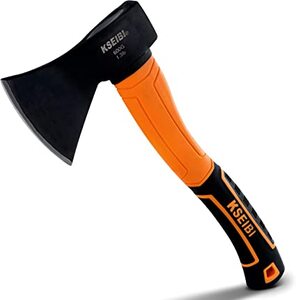
I find this variation on the hammer useful for garden stakes. I can sharpen a point and then pound it into the ground.
Wrenches
Crescent Wrench
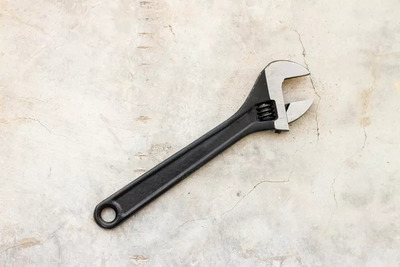
This is probable the most used wrench type. They can be had in multiple sizes. I find the 6 to 8 inch to be a good working size.
Socket Wrenches
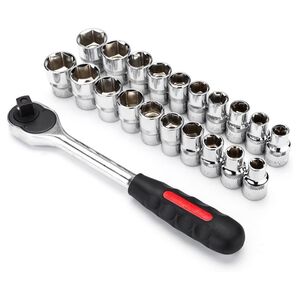
If you are often working with nuts and bolts, this is a good investment. They can save time and effort.
Saw
The saw is a cutting tool for everything from wood to steel. There are many types for different uses. Here a few common types.
Hand Wood Saw
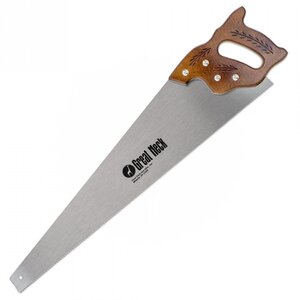
The hand saw comes in many variations but a simple one is best for small or occasional jobs. If you are doing a lot of sawing I would suggest an electric saw (see power tools).
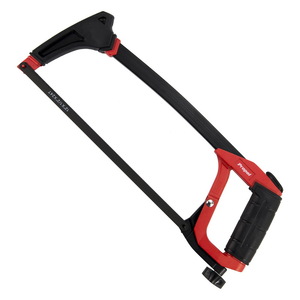
This type of saw is designed to cut metal. But this saw also works well for plastic pipe cutting.
Safety Glasses, Dust mask and gloves
Safety Glasses
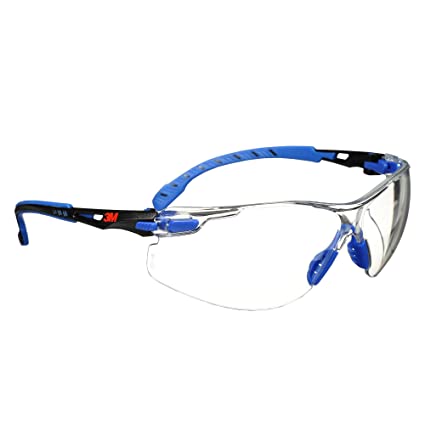
Protecting your eyes is important for everyone especially us weekend warriors. You never know when something will come flying at you while you work, so take precautions. I like that these curve around the eye socket, providing additional protection from things coming from the side.
Dust mask
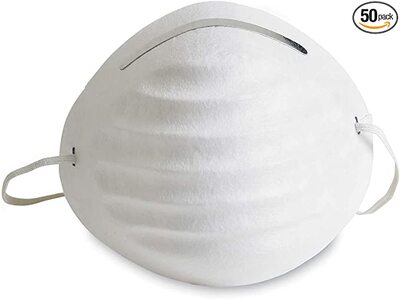
Whether you are sanding wood, sanding dry wall, or just working around fiberglass in your attic, protect your breathing.
Gloves
Light work gloves can save many a scraped knuckles. I find that wearing work gloves can be useful when doing work on the yard or the car. Heavy duty gloves are good if you are doing something with sharp, hot, or abrasive tools. Better the glove gets burned or scraped rather than your fingers.
Measuring
Tape Measure
These come in many widths and lengths. I prefer to have at least 2 around. One 12 footer for small measurements and one 25 footer for larger measures. The width of the tape determines how far you can extend it without it flexing. I normally go for 1/2 in in the 12 footer and 3/4 to 1 in for the 25 foot tape.
Additional measuring devices
I also keep a 6 inch ruler and a yard stick in my shop. When setting things like drilling depth I need something small. If I need to draw a line on a board I use yard stick.
Square
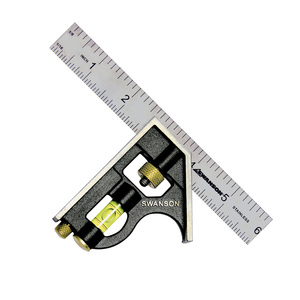
When ever I cut a board, I use one of these to mark a straight line perpendicular to the edge. This gives me a line to follow for the cut.
Wire Cutter and Stripper
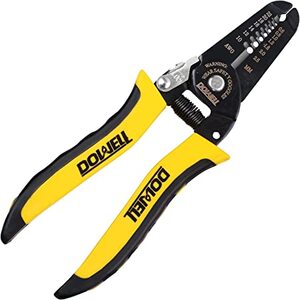
If you do any electric work you will need one of these. This tool will easily remove the insulation around the wire, as well as cut it.
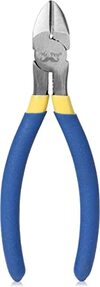
This tool is not a necessary but useful when working with electric or signal wires.
Mat and Putty Knifes
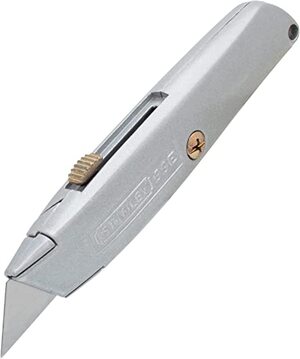
The mat knife is useful for cutting all types of materials. This one has a retractable and replaceable blade. This works best when cutting on a flat surface with a scrap board under it.

A putty knife is used to spread materials. They are good for speckle to patch a wall, or caulking for windows. These are available in many different widths depending on you needs.
Work Lights
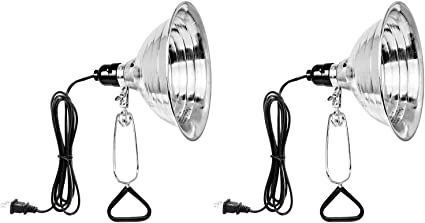
These are the type of light I commonly use when working around the house. They are inexpensive and clip to many doors or chairs to light my work.
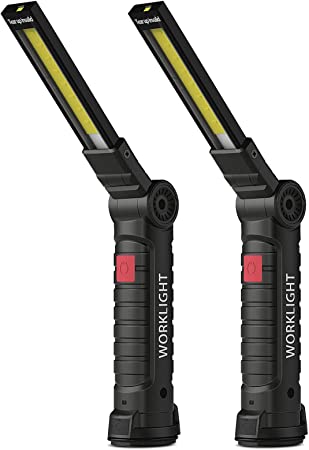
This is the replacement for the hand flashlight. They have magnetic bases and are easy to carry around. But any good flashlight will do to see in a dark corner.
Allen Keys
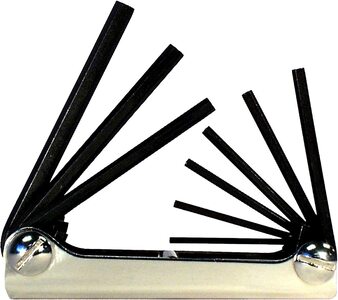
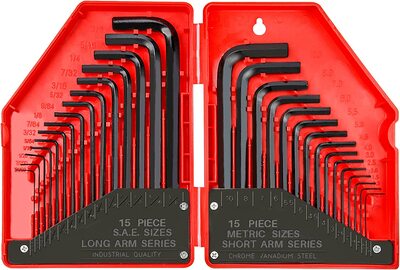
Some furniture, door knobs, and bikes use allen screws to hold things tight. The keys come in both english and metric sizes. Furniture and door knobs use english size and bikes use metric size typically. I prefer the folding sets since I am less likely to loose them than the individual keys in the set.
Pencils
This is a tool that many people forget. A #2 pencil is useful for marking all types to things when you are working. A pencil can be erased from a wood board or a wall when you are done. I always keep several around in my tool box. There are some flat type ones used in construction, I did not find them particularly useful, except they are easy to sharpen with a pocket knife.
Tool Box
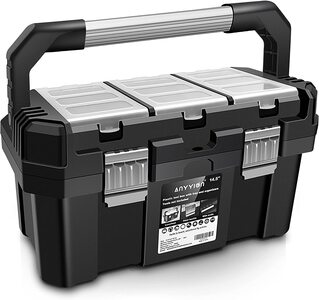
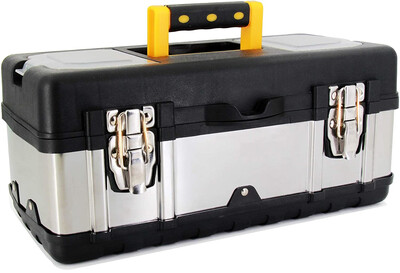
Tools boxes come in many shapes and sizes. You want something to keep your hand tools in. Be sure you can store the tool box someplace convenient. I like the top one above, but some people like the one below. You want to have space to store this box and some other materials like screws, fasteners, and other supplies.
If you plan on having lots of tools you can spring for something with larger capacity if you want. Here is a new version of the one I have in my shop.

Fasteners
Hand tools are what we need to effect the change we desire. Whether it is tightening a screw, putting up a picture, fixing a sink washer, or installing a new light.
But these tools are designed to work with a fastener. The issue with fasteners is their great variety. We might have a wood screw, but we need a machine screw. We might have a common nail, but need a finishing nail.
Lets see if we can start to understand some of the different type of fasteners. Here is a handy Fastener Type Chart
Nails
Nails have three basic characteristics.
Head type
Shaft type
Finish
Lets look at a more detailed look at nails at 25 Types of Nails and How to Use Them
Screws
Screws come in many varieties and types. Lets have a better look at these on the web page 26 DIFFERENT TYPES OF SCREWS & THEIR USES
Fasteners
A fastener is the generic name for devices which hold two or more things together. We have looked at two common ones, nails and screws. But there are many more than we can review easily. Here is a useful summary 12 DIFFERENT TYPES OF FASTENERS | THEIR USES & EXAMPLES
Glue
Sometime the best way to fix something is with glue. There are a number of glues available to use, so lets have a look at 14 Different Types of Glue – How They’re Used + Tips
Tape
Whether we fixing something, painting, shipping, or installing tape can be a helpful addition to a tool chest. Lets have a look at 11 Types of Tape Every DIYer Should Know.
Solvents
Solvents are chemicals we can use to remove unwanted substances. Each of the chemicals has it uses and misuses. Lets have a look at 8 Solvent Examples in Everyday Life.
Lubricants
This is a group of chemicals whose job is to reduce friction. Knowing which one to use when is useful 4 Types of Lubricants and How to Use Them
WD40
This product is a jack of all trades that belongs in every tool box. It has so many uses that there are entire web sites. It has many uses that are somewhat unusual, here are some common uses.
And now some crazy things you can do with WD-40
To Be Continued
This is as far as we are going to go tonight. For the next meeting we will discuss other useful tools, both hand and power tools.
Written by John F. Moore
Last Revised: Wed May 17 02:27:56 PM EDT 2023

This work is licensed under a Creative Commons Attribution-NonCommercial-ShareAlike 3.0 Unported License.
